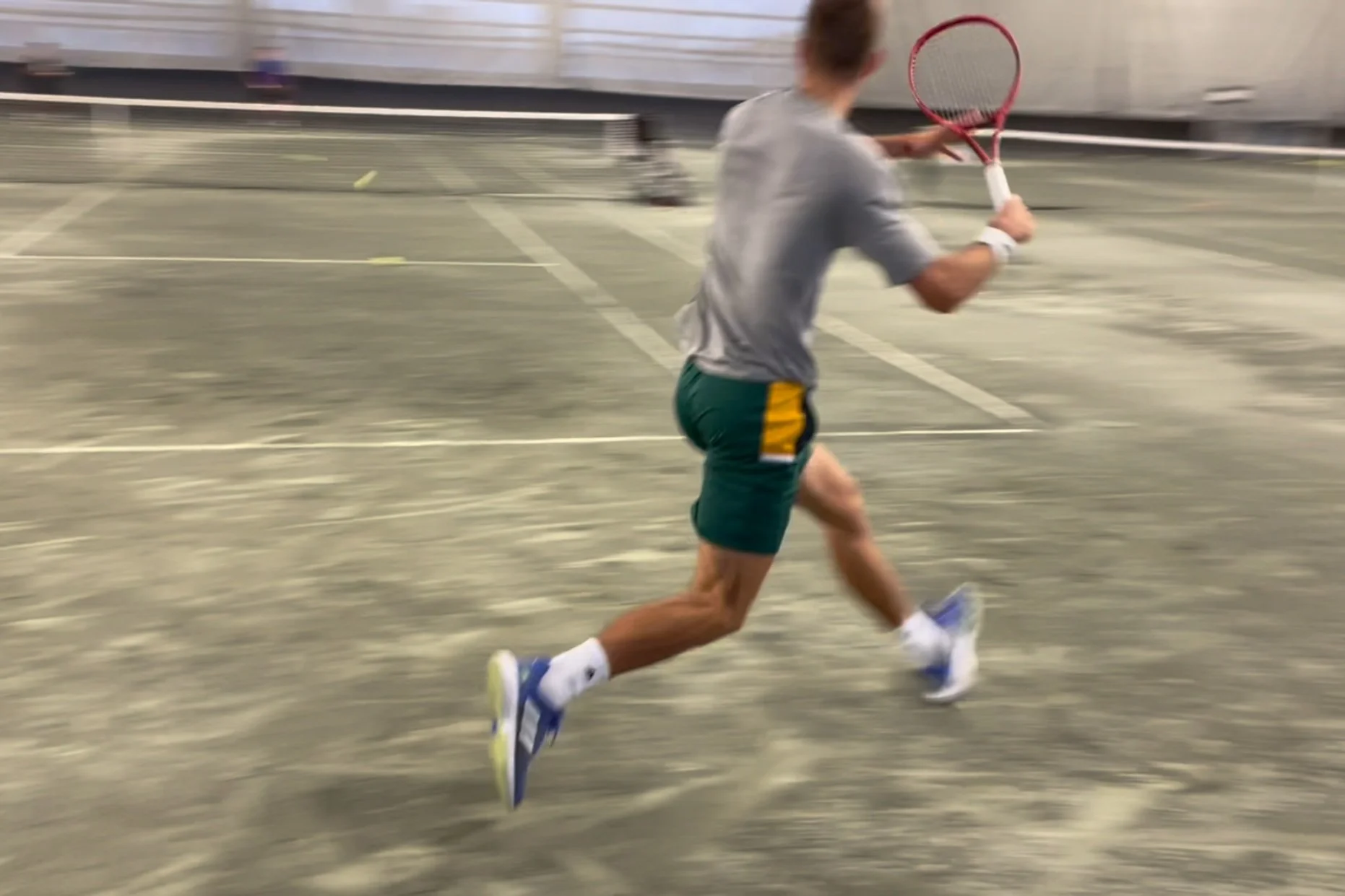A few weeks back, I had the privilege of working alongside coach Marcel du Coudray. We were coaching his pupil - ATP player Marc Polmans - at the Rogers Cup in my hometown of Montreal. Marc was accepted as the last entry into qualifying and got his first top 50 win against Andrey Rublev where he came back from 3-5 down in the 3rd set and save 3 match points at 3-6 down in the breaker (Rublev was ranked #49 in the world at the time of the match).
Viewing entries tagged
monitoring
A tennis match is characterized by intermittent exercise, alternating short (4–10 second) bouts of high intensity and short (10–20 second) recovery bouts, interrupted by several periods of longer duration rest (60–90 seconds). The running activities of players encompass high accelerations and decelerations but low velocities reflecting the intermittent play involved in tennis, which does not allow high velocities to be reached (Hoppe et al, 2014).
Not long ago, I received the following question “What are some fitness tests I could run my tennis players through. Just some measurements they could aim to improve?”.
This question actually comes up time and again. For me, the question has layers…
You see, I’ve gone down the rabbit hole of testing on many occasions - you know what I’m referring to...going through a battery of tests, recording sprint times, jump heights and so on…
And never really using the data in any meaningful way.
In last week’s post, we introduced the main physical training components that tennis players likely should focus on during the off-season. To get the best out of this week’s article, I suggest reviewing part 1 of this series first.
In this post, I’d like to tackle a couple key points. First, I’ll outline what a typical training week in the off-season might look like and how the overall cycle takes shape. Next, I’ll take a stab at commenting on the interplay and subsequent management of on-court and off-court training loads. Lastly, I will then offer some feedback - in other words, why it's my belief that training the various qualities outlined in last week’s article shouldn’t stop once the off-season cycle ends.
How many players on tour do we hear referring to ‘health’ as being a big part of their success? Many of the top players on both the women’s tour and men’s tour exclaim that being healthy and fit is a big part of their success. But the reverse is also true. How many players have inconsistent results when they aren’t in top form? Obviously it’s impossible to be in top form all the time, but when the balance tilts the other way, that’s usually when injury/illness could be lurking around the corner.
There’s no secret that tennis is demanding but how demanding, we don’t always know. What I mean is, how do we measure on-court training load? Traditionally, time on court has been the go to method - but does this sole metric give us enough info? On the other side of the training spectrum we find physical preparation. Off-court training is arguably easier to manage than on-court training as specific loads, reps and sets are prescribed based on an athlete’s maximum abilities. But what about a 3-set tennis match? How do we measure the stress that has on a player? Many of us would assume that a 3-set match is taxing. But what if the scoreline was 6-1, 2-6, 6-2 and finished in about 1.5 hours? While another scoreline looks something like this - 6-4, 6-7, 7-6 and lasts for over 3 hours? Surely these 2 scenarios aren’t the same. We have a similar dilemma in practice settings. What if player A is playing all out during a session while player B brings the intensity down a notch?
In a previous post, I outlined the physical demands during tennis play and briefly explained how these demands can be addressed through strength training. Many coaches believe that once you assess the demands, programming begins. Well…almost. Before we can begin putting a plan together, we must determine the specific needs of your athlete. This is generally done through various means, including - but not limited to - testing, questionnaires, conversation, observation, tracking and so on. This article will focus on physical testing as it relates to tennis play.






